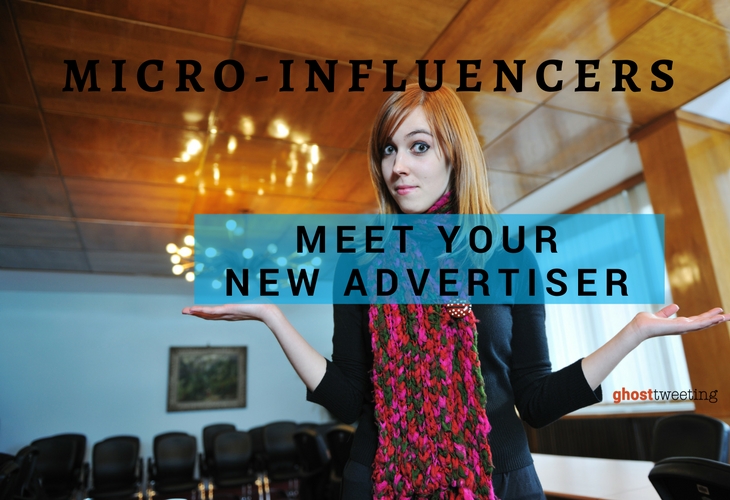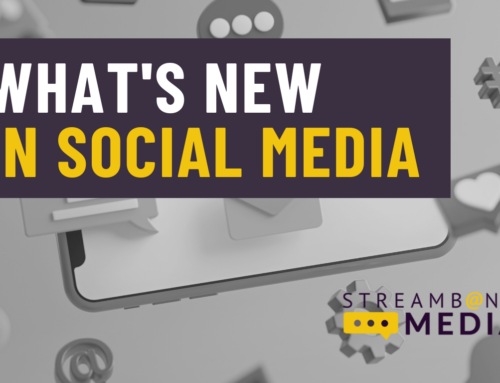
Meet Your New Advertiser: The Average Joe
When it comes to influencer marketing, the first thing that comes to mind are brands that pay airbrushed celebrities millions to pose with weight-loss teas, or social media users with massive followings touting their latest fave lip color and getting a kick-back from the brand. While traditional influencer marketing isn’t likely going anywhere, there’s a surprising field of influencers emerging that are gaining steam, and that field is… YOU. No longer relegated to the ultra-popular untouchables, anyone can now be an influencer.
What is an influencer?
An influencer is anyone who has the ability to affect the behavior or opinions of others. Sometimes this means a Kardashian; other times it means your bestie with that insane fashion sense. When it comes to social influencers, they’re the ones who are establishing brands’ credibility by spreading positive content, creating trust, and anteing up public support. They work as an ambassador for the brand.
What is a micro-influencer?
A micro-influencer, like an influencer, is someone who has a loyal audience on one or more social networks. But a micro-influencer – as the name suggests – has a much smaller following. The key, however, is that their target audience is very specific and niched, and their followers are very responsive, often because the micro-influencer actually has authentic, strong relationships with his or her followers in real life.
How does micro-influencing work?
Brands pay users (with money or merchandise) to test their product, with the agreement that the user will post reviews via social media via a predetermined hashtag. This brings an increased sense of transparency and trust to the brand.
Incorporating users with smaller or “average” followings can give brands a more organic feel since the endorsement is not coming from an (obviously) paid celebrity. It’s a subtle form of advertising, but powerful: Adweek reports that “word of mouth” is number one on their list of top ten points of consumer influence.
Is there a blurred line?
A recent report from Buzzfeed details, “advertising businesses like Influenster and BzzAgent allow anyone with a social media account to sign up and receive free products for review, from brands like Maybelline, BITE beauty, Kleenex, and International Delight. Their social media posts appear with hashtags like #gotitfree or #gotacoupon, or with a note that the product was received “complimentary.” But often there is no indication they got it for free. So are these products all they’re cracked up to be, or are influencers simply doing the job they were paid for? Advertisers need to be careful with paid endorsements as some consumers may find it sneaky, which ultimately weakens the message of their brand.
Should your brand jump on this trend?
Brands large and small are jumping on the micro-influencer bandwagon. One great benefit is the lower cost for entry. If you don’t have a giant marketing budget, searching for micro-influencers who have your audience could be very effective.
Get clear on your target customer, and search for users on Instagram, Pinterest, Facebook, Twitter, Snapchat, or Periscope who share that same target demographic (not big celebrities, but real people with a loyal following). If you find someone who you believe would enjoy trying your product, and you know their audience would listen when they talk about it, reach out.
For more information on Ghost Tweeting’s micro-influencer programs, reach out here.

